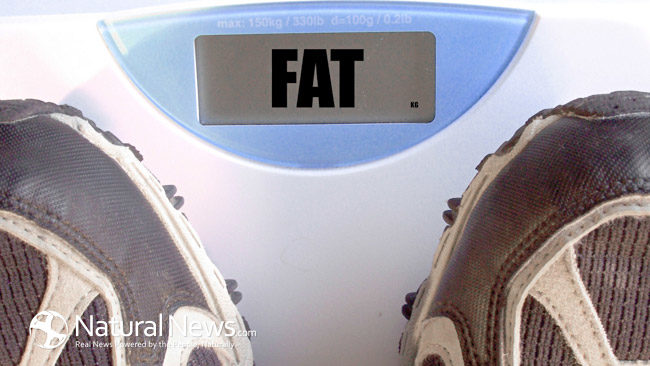Body mass index is a measure of body fat that is based upon an individual’s weight and height. Mathematically speaking it is the measure of a person’s weight in kilograms divided by the square of height in meters. Since BMI measures body fatness, it can indicate health problems associated with weight. This is not a direct measure of body fatness but has been shown to have similar results to those indicated by skinfold measurements, bioelectrical impedance, and underwater weighing.
Since the 1970s, the prevalence of obesity has risen, which for adults is having a BMI greater than or equal to 30 k/m2. Since the only information needed for this measurement are height and weight, BMI is an inexpensive and easily accessible tool for clinicians to use as a screening tool. However, the categorization may be too broad.
Below is a table showing the standard weight categories associated with BMI ranges for adults over age 20.
| BMI | WEIGHT STATUS |
| Below 18.5 | Underweight |
| 18.5-24.9 | Normal or healthy weight |
| 25.0-29.9 | Overweight |
| 30.0 and above | Obese |
Here would be an example of a 5’9” person:
| Height | Weight Range | BMI | Weight Status |
| 5’9” | 124 lbs or less | Below 18.5 | Underweight |
| 125 to 168 lbs | 18.5 to 24.9 | Normal or healthy weight | |
| 169 to 202 lbs | 25.0 to 29.9 | Overweight | |
| 203 lbs or more | 30 or higher | Obese |
When it comes to children and teens, gender comes into play. This is because the amount of body fat changes with age and differs by sex. BMI for these ages are then categorized by percentile. Obesity for ages 2-19 year is defined as having a BMI at or above the 95% percentile of children of the same sex and age. For adults, women tend to have higher BMI than men. When it comes to ethnicity, African Americans tend to have less body fat than Caucasians and Asians have more body fat than Caucasians. Older people tend to have higher BMI, and athletes have lower BMI. The trouble is that athletes may have a high BMI due to higher muscularity rather than actual body fatness.
People who have higher BMI are at risk for stroke, high blood pressure, type 2 diabetes, sleep apnea, some cancers, low quality of life, and high cholesterol. Opponents of this measurement say it does not take into account bone and muscle. Regardless, it is used by many physicians to screen for body fatness and a precaution to performing medical procedures based on one’s health safety. Living an active lifestyle and eating a healthy diet are the keys to your well-being. Although a measurement is only a tool that can indicate an outcome, YOU have to decide to take the actions to be on the healthy BMI range and give your body the opportunity to look and feel its best.
https://academic.oup.com/aje/article/143/3/228/77940
https://www.ncbi.nlm.nih.gov/pmc/articles/PMC4890841/
https://academic.oup.com/aje/article/180/3/288/2739097
https://bmcobes.biomedcentral.com/articles/10.1186/2052-9538-1-9








